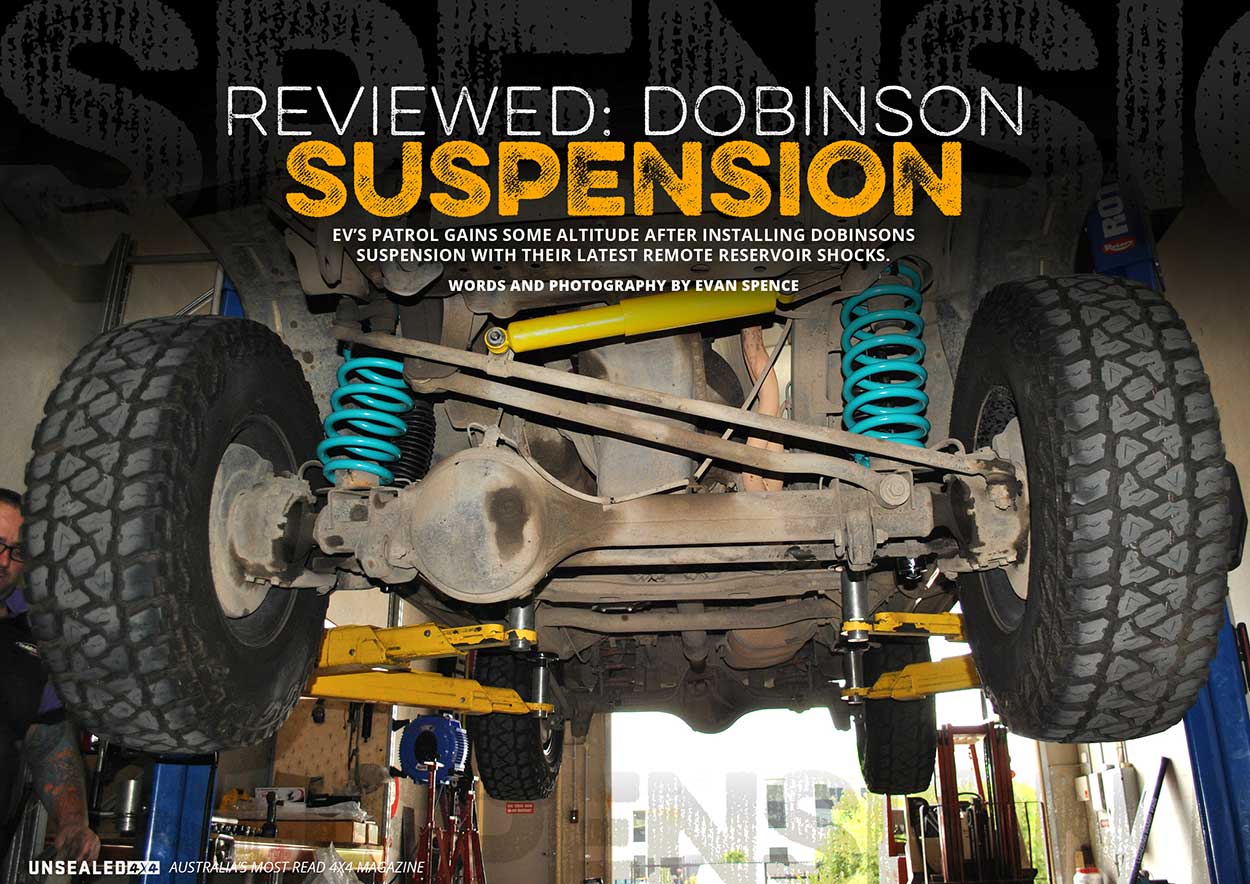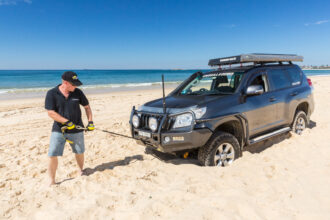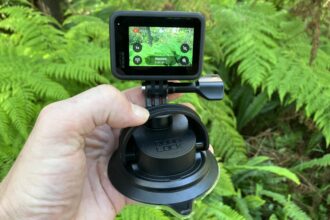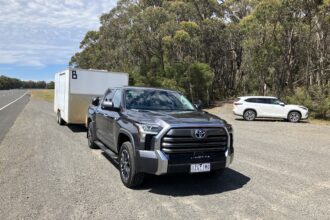Ev’s Patrol gains some altitude after installing Dobinsons suspension with their latest remote reservoir shocks.
It seems people are fixated with reporting bad experiences, yet when we have a pleasant experience with a company or product nobody picks up the phone or sends a congratulatory email. I wanted to change that after my recent experience with Dobinsons Suspension. You see, I have nearly two decades of experience in the 4X4 industry so I value customer service greatly. The second I arrived to upgrade my Patrol’s suspension, Marty the boss man at Dobinsons Sydney explained the process for the day. They wanted to do things their way, which was fine by me.
First, they wanted to go for a drive with me to understand the vehicle and my needs. Next, a full mechanical inspection was carried out underneath, which is something they do for all customers apparently. Luckily, my old GQ had a clean bill of health, apart from a loose wheel bearing which has now been tightened, but I wouldn’t have known unless they told me. Next up, we discussed the weight I would be carrying and what I wanted out of my suspension. Basically, the experience involved much more than the ‘slap a kit in and she’ll be right’ attitude that some retailers live by. And as a result, I am stoked!
So, let’s take a closer look at how to properly install a suspension lift kit with remote-res shocks into a Nissan Patrol, and most importantly, see how it rides and performs after the work was completed.
For images and the full Unsealed experience, CLICK HERE.
THE INSTALLATION
All up, including taking breaks for photography, the installation took about four hours on the hoist. The hardest part was removing the old shocks, which had seized somewhat, and working out where to install the remote reservoir canisters. Luckily, the boys had installed these kits into a few Patrols by now, so they knew exactly what to do.
WHAT ARE REMOTE RES SHOCKS?
The number one killer of shock absorbers is heat. Heat leads to cavitation of the oil inside a shock, which leads to what is known as shock fade. Shock absorbers fitted with a remote reservoir allow for additional oil capacity, which is then pressurised with nitrogen. This means (in theory) that you can tackle tougher conditions for longer without overheating your shocks. Many remote-res units, such as the Dobinson MRR shock absorbers we fitted, can also be rebuilt too, which is reassuring. In fact, their chief engineer mentioned that the oil inside the shocks should be replaced every two years, which is advice we will definitely follow.
SO, HOW DOES IT DRIVE?
The ride is certainly firm, but the amazing thing is how compliant the vehicle is when you hit a bump at speed. It feels like the vehicle is going to bottom out… but it just doesn’t. In terms of suspension travel, we purposely limited the amount of rear travel slightly, in an attempt to get the front-end working better. While this might sound counter-intuitive, this move will equate to a well-balanced vehicle off-road, rather than a wobbly-poser-mobile that might look great flexed up, but doesn’t actually work as well when it counts. We also opted for a spring rate slightly higher than required too, as Project Patrol will be getting new bar work and a winch in the future, and this will cater for that weight. Oh, and before the Dobinsons kit went in the windows on my old GQ used to rattle. Now they don’t for some reason, which is an interesting point worth noting, and one I’m definitely not complaining about either.
THE RESULTS
From the looks of things, the front suspension we pulled out seemed to be the original components with over 300,000km on them. The rear end had heavy-duty springs and KYB shocks installed, leading me to believe this vehicle was used for towing in its previous life. With the new suspension installed, the old Patrol came up 80mm in the rear and 65mm in the front… which highlights just how shagged the old suspension really was. By staying with a two-inch lift, we have kept the vehicle legal for road use in NSW, and no additional components (such as brake lines or adjustable Panhard rods) were required.
Words and photography by Evan Spence









